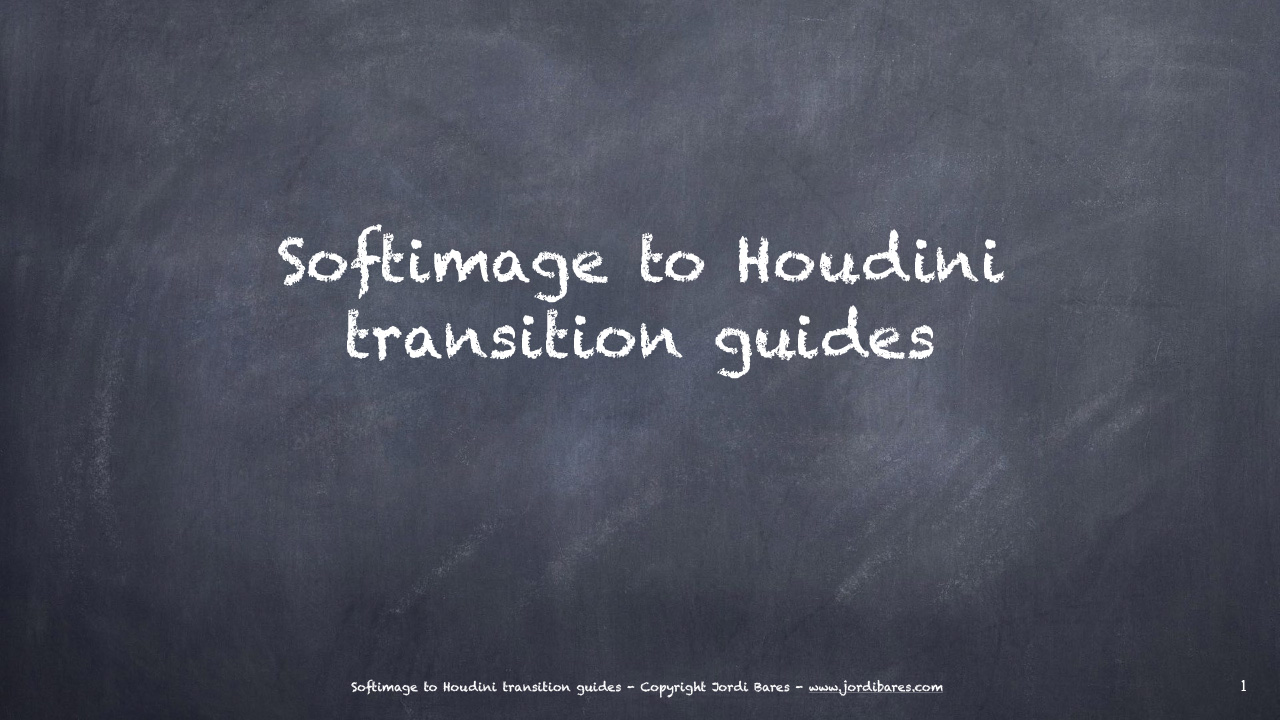
Unlike other 3D applications Houdini’s approach is more similar to a compiler than anything else because its extensive use of external files (resembling include files), because how presents itself to the user in the form of a filesystem and because its procedural paradigm compares the task of manipulating an object more to a program description than direct manipulation of elements.
How does this affect a Softimage user? Well, the trick is to think you are always working with external models, reading data from the outside and manipulating it. Indeed very similar to Nuke appraoch (although another level completely)
In XSI you have seen bits of this in action in the form of the render tree and certainly ICE, but in Houdini it is a generalised appraoch, everything is procedural although it is very true you can decide to use it in a more trandional way.
A good example would be to build a city, you could simply scatter points and copy buildings to them, add some random scale transformations and many clever extra bits to get a quick complex looking result, but you could also decide to layout your scenes manually and work procedurally in the buildings. Ultimately it is up to you but these upcoming guides only try to depict how I see some of my previous approaches with XSI translated to Houdini.
Not a disclaimer but a simple declaration of scope, I am not a Houdini expert and therefore I am sure my crude attempts to outline these workflows could be optimized and made more elegant, thankfully the Houdini community will surely be examining the ideas and bringing to the table more advanced appraoches.
In the meantime relax and hope we can learn a lot together.
Jordi Bares
COMMENTS
Please log in to leave a comment.